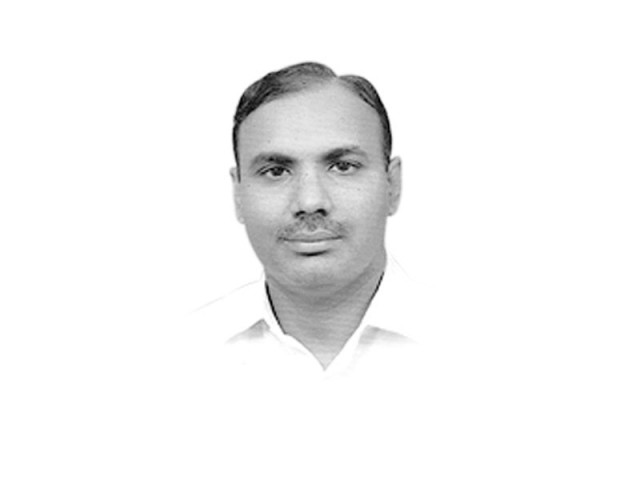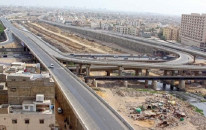Tackling poverty in rural Sindh
Sindh's rural society is dominated by the feudal elite

The author is a development professional
The rural parts of Sindh are in a state of abject poverty. One of the major reasons is that most of the population there do not own or control assets like good quality land — the prime asset in rural settings. There is a highly uneven distribution of land ownership in Sindh. Land reforms have never been on the agenda of any government.
Access to land, which is the basic factor of production, is crucial to reduce poverty in rural areas. According to the Agricultural Census of Pakistan, cultivated land is unequally distributed in Pakistan. About 47 per cent of the farms are smaller than two hectares, accounting for only 12 per cent of the total cultivated area. In Sindh, where the rural society is dominated by a feudal elite, the proportion of small farms is just above a third.
In fact, the landholdings of the feudal families in Sindh have multiplied instead of having decreased. Although economic vulnerability has not been comprehensively measured for Sindh, there are indications that vulnerability differs significantly across agro-climatic zones and over two-thirds of the households in rural Sindh may be classified as economically vulnerable. Poverty has become a major issue in rural Sindh, where 50 per cent of the population lives below the poverty line and suffer from low calorie intake, low per capita income, unemployment, inadequate access to education, sanitation, health facilities and an unhygienic environment. More importantly, these people are the most vulnerable to shocks.

The province is rich in natural resources, having huge reserves of oil, gas and coal. It has two seaports one of which is in Karachi — the financial hub and business nerve centre of Pakistan. Some of its districts have industrial zones but these have been hit by lawlessness.
Sindh accounts for almost 72 per cent of the total oil and gas production of the country, but its hinterland is still one of the backward regions with soaring poverty, high rate of unemployment and widening inequalities between rural and urban Sindh. When oil and gas was exploited, it was believed that poverty would become history and Sindh would be affluent like the Gulf emirate of Dubai. But this hope has remained a mere pipedream.
Since the economy of Sindh is largely agrarian the economic development of the province depends largely on the development of its agriculture sector. Rural Sindh has been hit hard by disasters including droughts and floods and the majority of rural population have been pushed below the poverty level.
The irony is that both sources of livelihood and employment opportunities for rural inhabitants in Sindh are shrinking. As a result, the unemployed youth move to cities for jobs but the urban employment market is already oversaturated.
Sindh has fertile soil and is rich in fuel and mineral deposits but has a rural poverty graph that continues to rise. In the absence of proper land-use regulation, unscrupulous land developers have been allowed to convert agricultural land near urban centres into housing schemes. These agricultural lands were traditionally used for growing vegetables and other cash crops.
Urban Sindh, which consists mainly of Karachi, Hyderabad, Sukkur, Nawabshah, Shikarpur and Larkana, comprises 48 per cent of the provincial population. It is also showing a decline in economic growth. In addition, the urban areas of Sindh continue to receive an influx of population leading to stress in the infrastructure and a further increase in the level of unemployment.
Employment opportunities in Karachi, Hyderabad, Sukkur and other urban areas of Sindh started declining in the 1990s as a result of a flight of capital and industry from the urban areas due to a serious law and order situation.
Sindh needs rapid development in agriculture coupled with genuine land reforms, agro-based industries, small and medium industries and the development of the information technology sector at the provincial and district levels. There is strong potential to create jobs and self-employment at both the provincial and district levels. This potential to create jobs and self-employment needs to be explored further. Growth must be accompanied by measures that ensure social development, which takes into account economic, political and social dimensions. The rural population must be provided the opportunity to fully harness and participate in the growth process and develop their capacity to take benefits from it while giving special attention to rural Sindh and bringing it into the mainstream.
Published in The Express Tribune, June 3rd, 2017.
Like Opinion & Editorial on Facebook, follow @ETOpEd on Twitter to receive all updates on all our daily pieces.














COMMENTS
Comments are moderated and generally will be posted if they are on-topic and not abusive.
For more information, please see our Comments FAQ